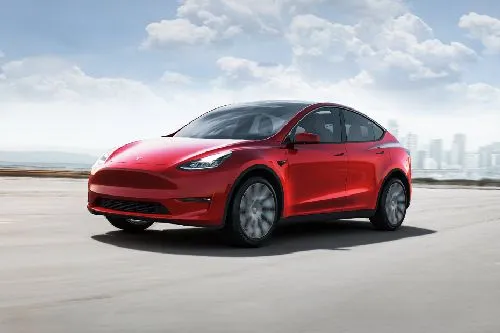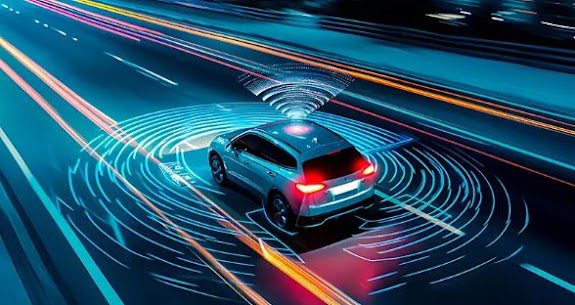
The world is rapidly transitioning towards cleaner and more sustainable energy solutions, with electric mobility incentives playing a pivotal role in this transformation. Governments, businesses, and individuals alike are beginning to understand the importance of reducing carbon emissions and fostering a greener future. As a result, numerous incentive programs have emerged to encourage the adoption of electric vehicles (EVs) and associated technologies. Understanding and leveraging these incentives can significantly benefit consumers and businesses while driving global sustainability efforts.
Understanding Electric Mobility Incentives
Electric mobility incentives are financial or policy-based benefits provided by governments or organizations to promote the adoption of electric mobility solutions. These incentives often come in the form of tax credits, rebates, grants, or subsidies. They aim to offset the initial costs associated with EVs and infrastructure development, making these technologies more accessible to a broader population.
For instance, tax credits on electric vehicles can substantially lower the purchase price, while subsidies for installing EV charging stations can reduce the costs of infrastructure development. Some countries also offer free access to toll roads or designated parking spaces as part of their electric mobility incentives package.
Types of Electric Mobility Incentives
- Purchase Incentives
Purchase incentives are among the most common forms of electric mobility incentives. These include tax credits, rebates, and grants provided to individuals or businesses that purchase or lease electric vehicles. For example, in the United States, federal tax credits can range up to $7,500 per EV, depending on the vehicle’s battery capacity. - Infrastructure Support
Governments also invest heavily in infrastructure-related incentives. Programs designed to support the installation of home and public EV chargers are critical. In countries like Norway and the Netherlands, grants cover a significant portion of the cost for setting up EV charging stations. - Operational Benefits
Operational incentives are benefits users enjoy during their day-to-day use of electric vehicles. These may include reduced road taxes, exemptions from congestion charges, and access to carpool lanes. In major cities, these benefits can save time and money for EV owners. - Corporate Incentives
Businesses also reap the benefits of electric mobility incentives through tax deductions for electrifying fleets or installing EV infrastructure at workplaces. These programs encourage companies to invest in sustainability while reducing operational costs.
Global Leaders in Electric Mobility Incentives
Different countries have adopted various strategies to encourage electric mobility. Some have established themselves as global leaders in this domain, showcasing the impact of well-designed incentive programs.
Norway
Norway’s commitment to electric mobility is unparalleled. With a mix of financial incentives, such as exemptions from VAT and road tolls, and infrastructure investments, Norway boasts one of the highest EV adoption rates globally. Its robust network of fast chargers further supports this growth.
China
China has prioritized electric mobility as part of its national policy. Extensive subsidies for EV manufacturers and buyers, coupled with ambitious production goals, have made China the largest EV market worldwide.
United States
The U.S. offers federal tax credits and additional state-level incentives. California, in particular, leads the charge with aggressive goals for reducing greenhouse gas emissions and adopting clean energy solutions.
How to Access Electric Mobility Incentives
Navigating the various electric mobility incentives can seem daunting, but breaking the process into manageable steps can simplify it.
- Research Eligibility Requirements
Each incentive program has specific eligibility criteria. Whether it’s a federal tax credit or a state-level rebate, understanding these requirements is essential. - Choose the Right Vehicle or Infrastructure
Many incentives are tied to specific types of EVs or charging technologies. Selecting eligible models ensures you maximize your benefits. - Apply for Incentives
Most programs require applicants to complete formal processes, such as submitting documentation or filling out online forms. Prompt application ensures timely receipt of benefits. - Consult Professionals
Engaging with financial advisors or sustainability consultants can help identify and claim the full range of available electric mobility incentives.
The Future of Electric Mobility Incentives
The evolution of electric mobility incentives is likely to align with advancements in technology and policy priorities. As EV adoption rates grow, incentive programs may transition from direct financial benefits to policies that focus on long-term sustainability, such as investments in renewable energy integration with EV charging networks.
Why You Should Act Now
Delaying the transition to electric mobility could mean missing out on lucrative opportunities. Incentive programs are often designed to taper off as adoption rates rise, making now the ideal time to benefit from these schemes. Moreover, the rising costs of fossil fuels and increasing environmental regulations further underscore the urgency of embracing electric mobility.
Conclusion
Electric mobility incentives are transformative tools for fostering a greener and more sustainable future. By leveraging these incentives, individuals and businesses can enjoy significant financial savings while contributing to the global fight against climate change. Take advantage of these opportunities today and become a part of the electric mobility revolution.






